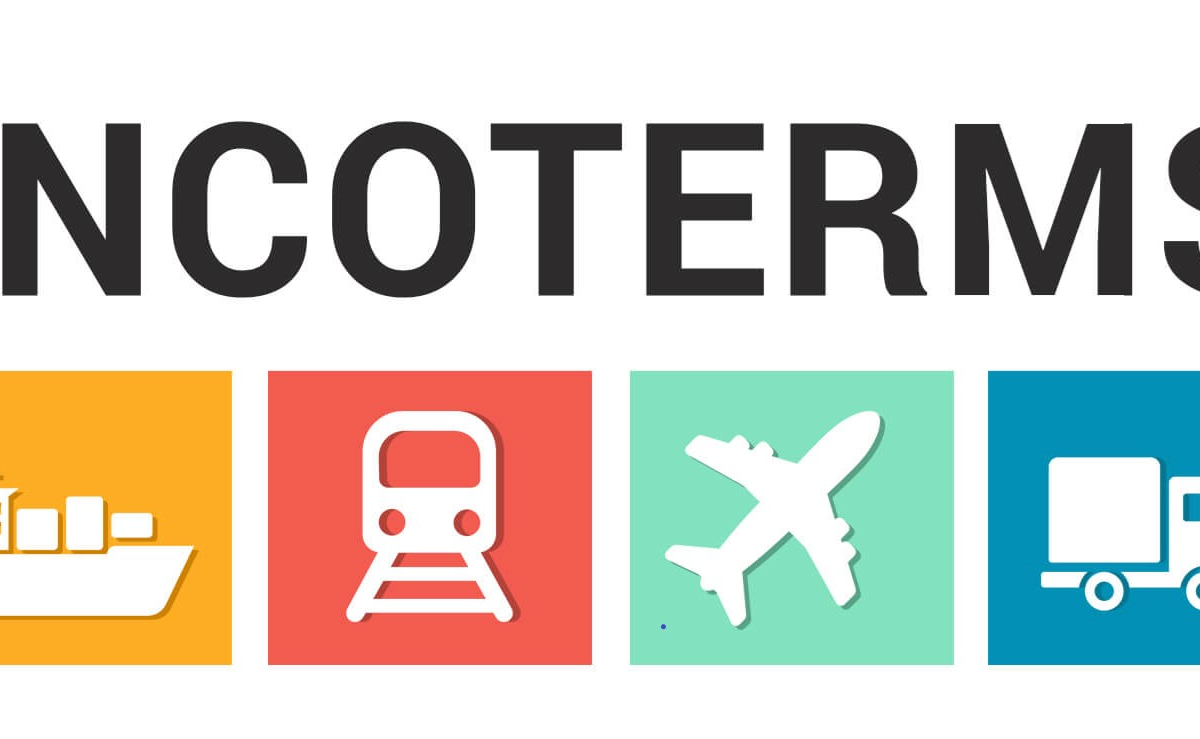
This article is written by Austin Garcia
On May 3rd, Mexico made a big change in its trade policy. It removed recently added tariffs on many goods. These included Aluminum, Steel, Wood, and Textiles. These products had faced tariff increases from 5% to 25%. Several factors likely led to this decision.
Why Mexico Removed Tariffs
Mexico’s tariffs might have hurt its own economy. Higher costs for businesses and consumers could have caused instability. Industries relying on imports may have struggled. This could have led to pressure on the government to remove the tariffs.
The tariffs might also have strained Mexico’s relations. This is especially true with countries having free trade deals. Removing these tariffs could be a smart move. It helps maintain good ties, especially with the U.S.
Pressure likely came from inside Mexico and from other countries. Groups argued that tariffs worked against free trade. Threats of retaliation from other nations might have pushed Mexico to reconsider. Legal challenges to the tariffs may also have played a role. These could have questioned the tariffs’ legality. They might have also questioned their fit with trade agreements.
The Mexican government likely reevaluated its policy. They looked at broader economic impacts. They also considered feedback from many groups. This led to the decision to remove the tariffs.
Mexico gave a key reason for the change. It said it lacks domestic production of raw aluminum. This includes both unalloyed and alloyed types. They stated that other countries with treaties cannot meet Mexico’s needs. This is true for key industries like automotive, auto parts, and electronics.
Aluminum Imports and Industry Concerns
U.S. aluminum imports from Mexico have risen a lot. From 2021 to 2023, they averaged 100,000 metric tons per year. This is up from below 80,000 metric tons historically. However, these amounts are still only 2% of total U.S. imports.
This rise worries some. They fear unfairly traded aluminum from China and Russia. This could hurt the larger North American market. Unwrought aluminum imports from China rose to almost 20,000 metric tons in 2023.
Not all reactions to Mexico’s policy change are positive. The Aluminum Extruders Council (AEC) warned on May 13th. They said removing tariffs on unwrought aluminum could hurt the U.S. aluminum extrusion industry. This is despite Mexico’s direct tariffs on extruded products staying in place.
The AEC stated their concern clearly. “While the tariffs announced in April are still in place for the entire continuum of extruded profiles which protect Mexican extruders from products entering Mexico for consumption in Mexico, the cancellation of the tariffs on alloyed and unalloyed aluminum ensure the continuation of Chinese and Russian aluminum entering the US and Canadian markets via Mexico as extrusions.”
U.S. Tariffs on Chinese Goods Continue
Even in the United States, Chinese steel and aluminum face challenges. President Trump plans new tariffs on Chinese industries. This includes electric vehicles (EVs), aluminum, steel, solar equipment, and medical supplies. These new tariffs are ahead of the November presidential election.
China has minimal EV exports to the U.S. But tariffs on Chinese EVs are expected to jump. They may quadruple from 25% to 100%. The impact on China’s solar dominance will depend on tariff details. The same applies to China’s $30.9 billion in medical goods exports to the U.S. The actual effect will depend on final details. Industry adaptation will also play a role.
The Evolving Market
This situation shows trade’s complex nature. A delicate balance is needed. It must ensure free trade benefits. It also protects domestic industries. A whole market can change very quickly. It will be interesting to see how this unfolds. The global aluminum market will surely be affected.



